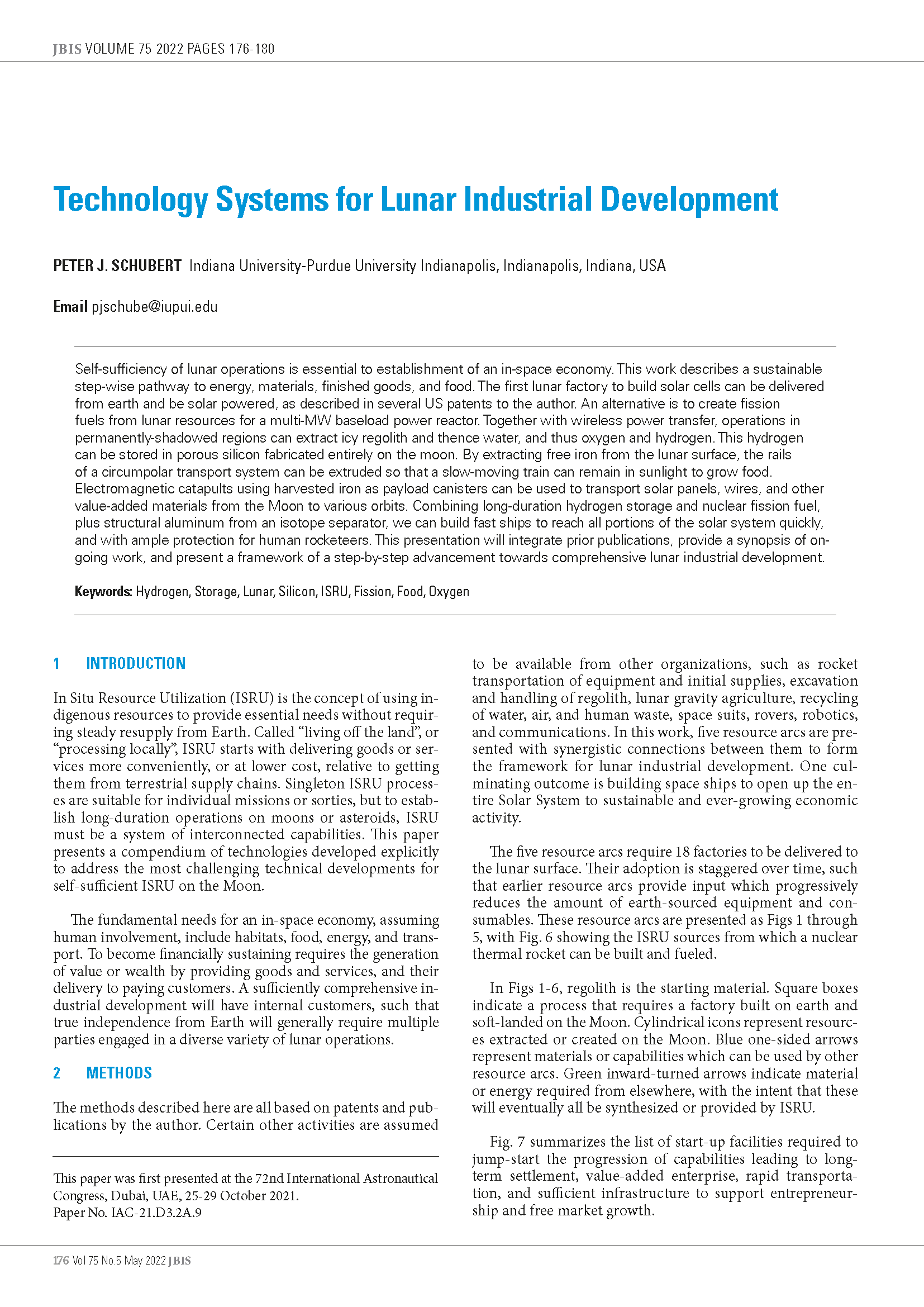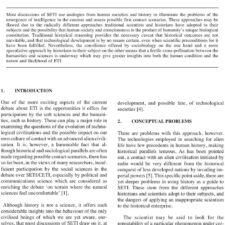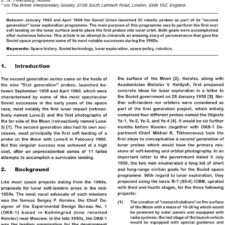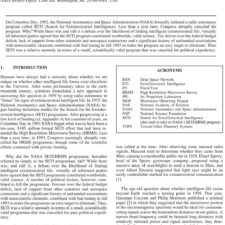Technology Systems for Lunar Industrial Development
£5.00
Peter J. Schubert
(2022), JBIS, 75, pp.176-180
Refcode: 2022.75.176
DOI: n/a
Abstract:
Self-sufficiency of lunar operations is essential to establishment of an in-space economy. This work describes a sustainable step-wise pathway to energy, materials, finished goods, and food. The first lunar factory to build solar cells can be delivered from earth and be solar powered, as described in several US patents to the author. An alternative is to create fission fuels from lunar resources for a multi-MW baseload power reactor. Together with wireless power transfer, operations in permanently-shadowed regions can extract icy regolith and thence water, and thus oxygen and hydrogen. This hydrogen can be stored in porous silicon fabricated entirely on the moon. By extracting free iron from the lunar surface, the rails of a circumpolar transport system can be extruded so that a slow-moving train can remain in sunlight to grow food. Electromagnetic catapults using harvested iron as payload canisters can be used to transport solar panels, wires, and other value-added materials from the Moon to various orbits. Combining long-duration hydrogen storage and nuclear fission fuel, plus structural aluminum from an isotope separator, we can build fast ships to reach all portions of the solar system quickly, and with ample protection for human rocketeers. This presentation will integrate prior publications, provide a synopsis of on-going work, and present a framework of a step-by-step advancement towards comprehensive lunar industrial development.
Keywords: Hydrogen, Storage, Lunar, Silicon, ISRU, Fission, Food, Oxygen





